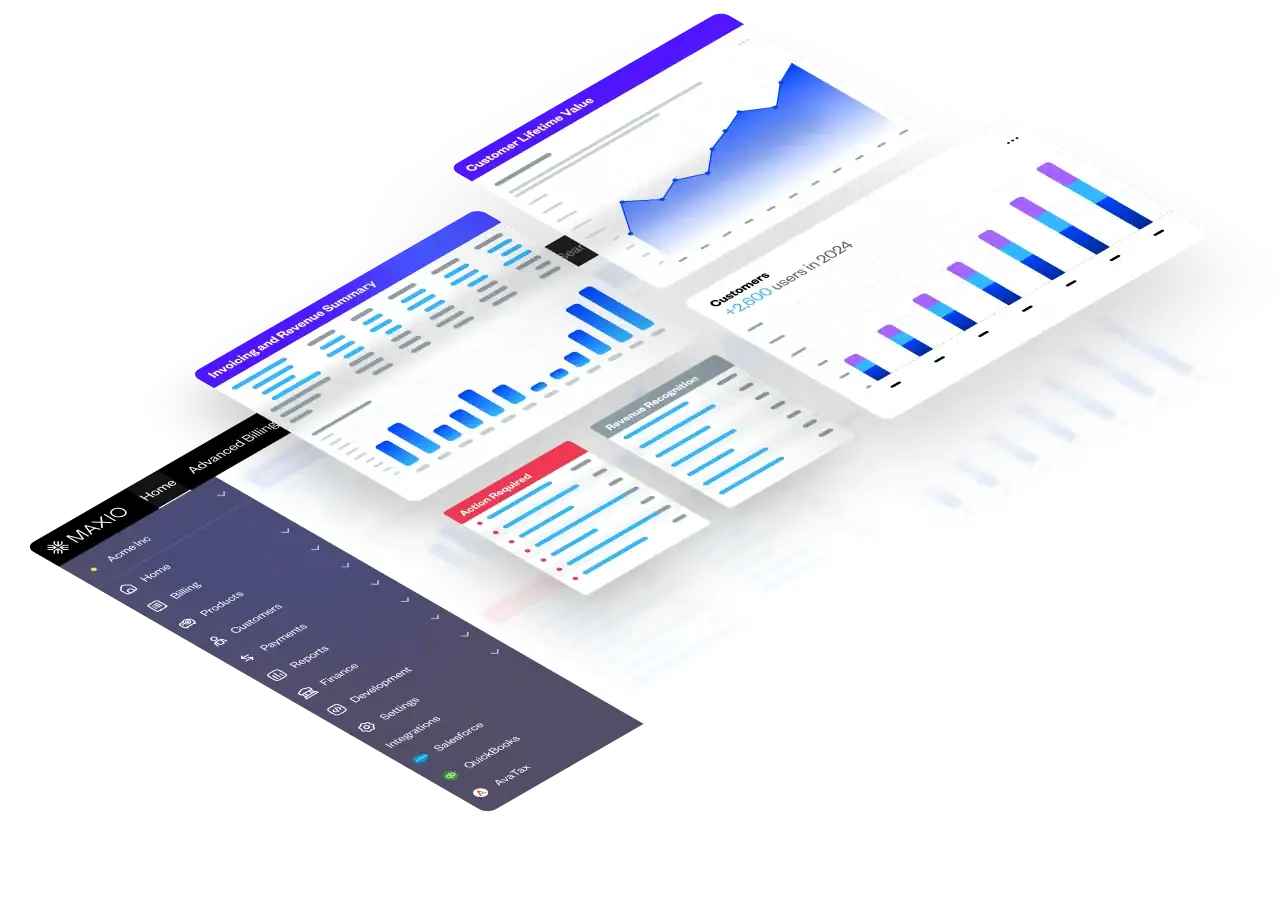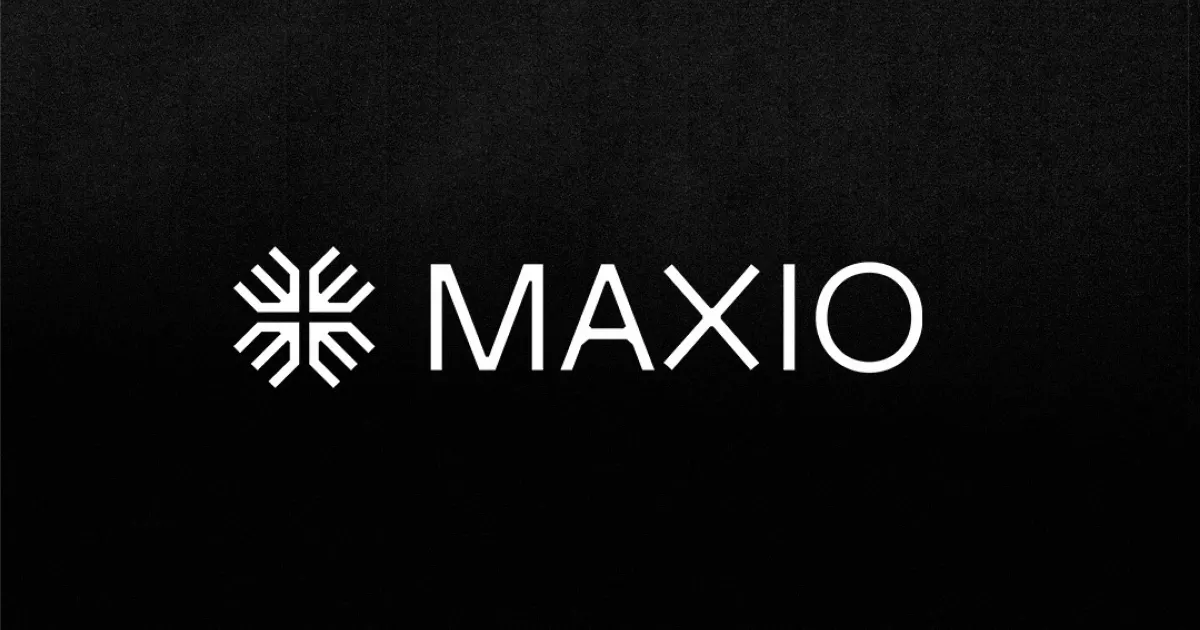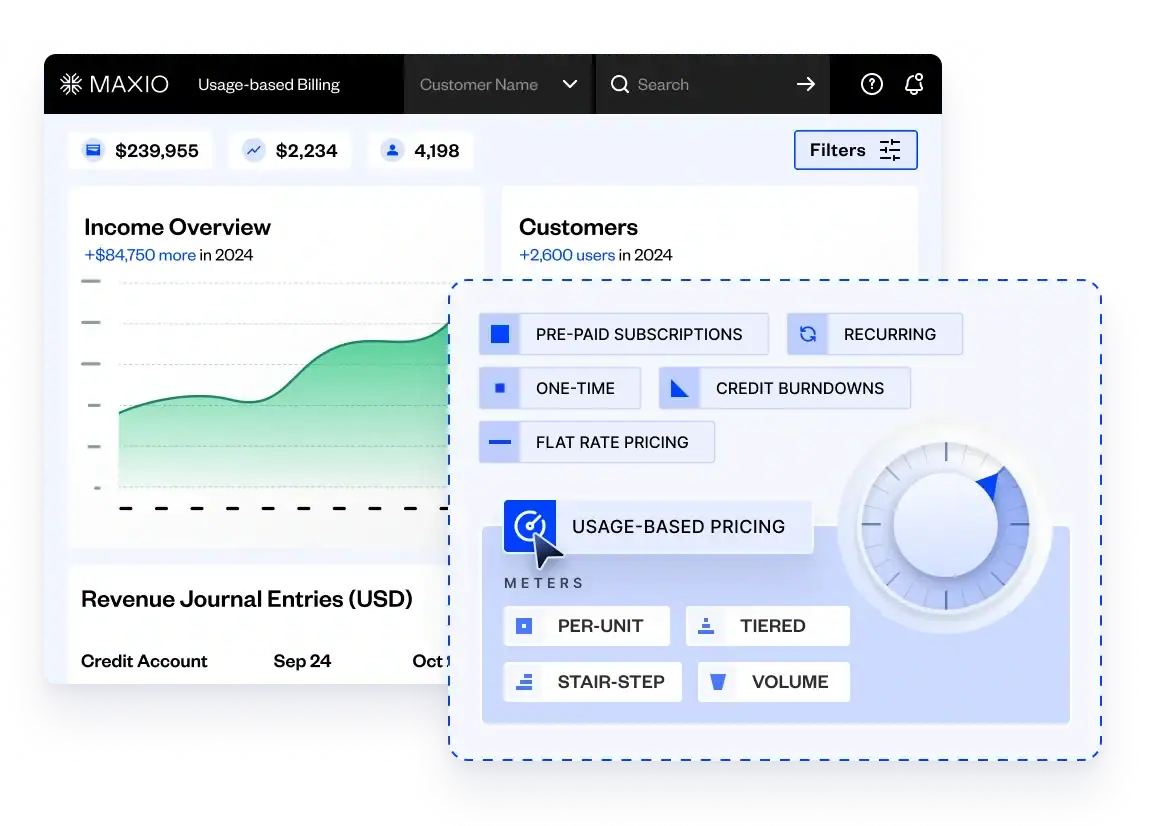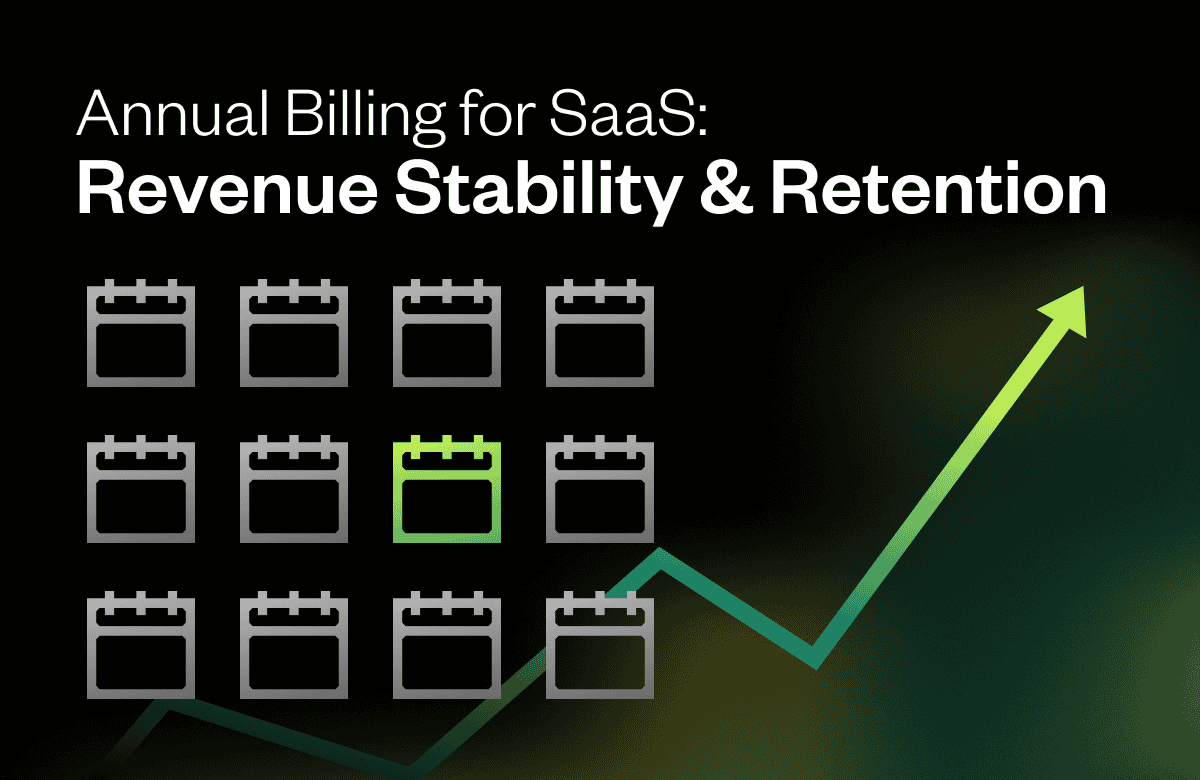Are short-term gains worth long-term failures?
Discounting SaaS products can greatly impact your revenue and consumer perception. According to double-blind studies, customers “believe that discounted items do not function as well as items at full price.”
Most businesses view discounting as a standard technique to boost performance. However, negative consequences can arise, including unrealistic sales quotas for reps and less cash flow.
The key is to focus on offering more product value to your customers. And if discounts are on the table, be strategic about who receives them.
To discount, or not to discount. Let’s explore if it should be part of your SaaS strategy.
The Psychology Behind Pricing
People make psychological judgments quickly. So, how products are priced matters.
A study found a clear correlation between price and perceived value exists. When told that one wine cost more than another, participants gave “the more expensive wine” higher ratings.
Assistant professors Monica Wadhwa and Kuangjie Zhang conducted multiple experiments and discovered that the prices of different product types are evaluated in different ways.
For example, recreational products benefit from rounded prices. Consumers would prefer to buy a bottle of champagne priced at $40.00 rather than at $39.72 or $40.28.
When it comes to practical purchases, like software or vehicles, people are more likely to buy at a higher non-rounded price point.
Buyers create an internal reference for your products. So, when consumers see the regular-priced item, they tend to buy less because of the prior discounts.
And having multiple services with varying prices doesn’t always help either. Sometimes, buyers may get frustrated and eventually leave your site without making any purchase.
Gregory Ciotti, content strategist at HelpScout, says, “Sometimes marketing (and pricing) needs to help customers get the difference between products, because as it turns out, too many options can be demotivating to consumers.”
Steve Jobs’ pricing strategy for Apple included four pillars:
- Offer a few products.
- Concentrate on high-end products/consumers.
- Focus on profits, then market share.
- Create a halo effect around the brand.
Therefore, when SaaS teams develop their pricing strategies, a holistic approach may work best. Think about pricing as it relates to the customer’s psychology, your brand, and profits.
Long-Term Effects of Discounting
Quality and price coexist. In the consumer’s mind, the higher the quality, the more the product costs.
So, when buyers notice your discounted product, they are confused. And their first rational is: something is wrong.
A white paper by Killian Branding reveals that “[f]requent discounting serves to lower the value of the brand because of an almost subconscious reaction by the consumer who believes that quality also has been lowered.”
Consequently, your pricing strategy will train customers to buy only when you offer discounts. That’s not helpful for your bottom line.
“Before long, you’re forced to offer discounts just to keep people subscribed. This is a downward spiral where discounts lead to more discounts,” says Lars Lofgren, Director of Acquisition and Growth at I Will Teach You To Be Rich.
Your team won’t be attracting ideal customers who want your products. Instead, price-sensitive buyers who don’t appreciate your product’s value could become the norm.
Data also revealed that SaaS discounting lowers LTV by over 30%.
Patrick Campbell, co-founder of Price Intelligently, noticed this common thread after monitoring the MRR growth curves of several companies.
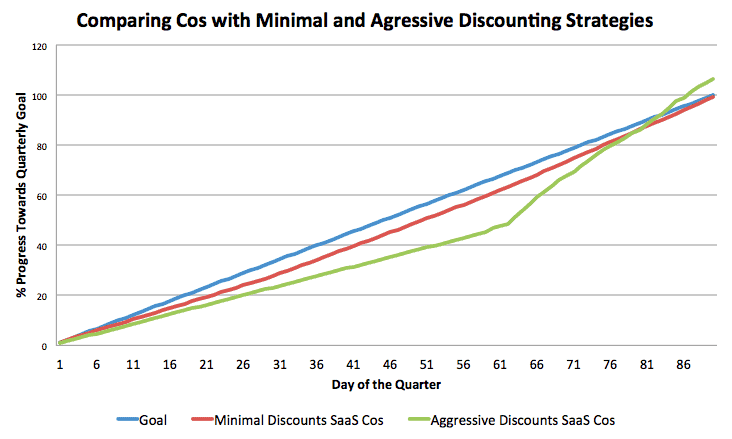
The businesses that lagged used discounts heavily to meet their quarterly goal. Their customers had a lower willingness to pay, churned at a higher rate, and possessed lower LTV. The “average difference in LTV was upwards of 32.41% less.”

SaaS companies must know how to control discounting to maximize LTV. If not, discounting will affect their future monthly revenue streams, and teams won’t recover their customer acquisition costs.
If You Must Discount…
Steve McKee, author of When Growth Stalls, compares discounting to drugs. It’s addictive, and businesses usually get hooked on short-term gains.
And more importantly, customers become accustomed to your water-downed value proposition.
Nonetheless, discounting can be credible.
“Handled carefully, discounting can be used to achieve specific business objectives without compromising your brand’s overall value perception,” states McKee.
If you must discount, do it with a purpose. Offer an honest rationale behind the discount to your customers. The goal is not to be perceived as desperate.
For example, student discounts on laptops won’t destroy a brand. It’s a clever way for companies to capture a new customer base that actually needs the discount.
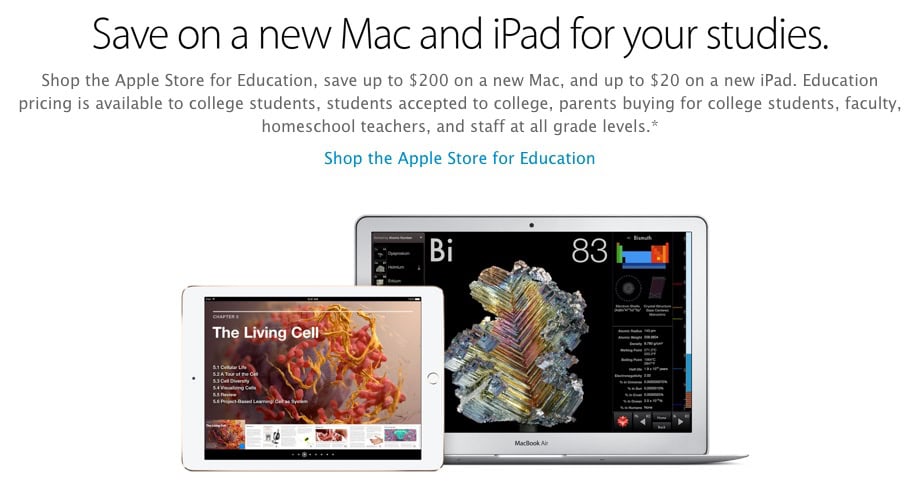
Take discounting on a case-by-case basis. Because every customer and deal is different, there’s no magic range for discounts. So, be flexible.
“Startups, in particular, need to maintain flexibility in pricing, so they can work with their customers,” writes Bob Lempke, Chartio’s VP of Sales.
“You don’t want to lose a good potential customer that can help you build your business because you can’t adapt to their needs.”
Also, try setting up discounts for only enterprise deals. SaaStr’s trusted advisor Jason Lemkin says that’s the normal practice.
Most SaaS vendors provide discounts to two parties: the company driving the purchase and the procurement agencies.
Lemkin also suggests “build[ing] a double mark-up into your pricing when you’re selling into large enterprises.” Your team must ensure there’s enough to gain after all those discounts.
Avoid discounting when possible. But if your company finds a distinct purpose or caters to enterprise-level clients, discounting may be a plausible option.
Moving Beyond Discounts
Focus on adding value, instead of decreasing prices. Educate your consumers about your products, so that they seek benefits and not deals.
Give customers information that will help them with their purchasing decision. Post a comparison chart of product features. Host a webinar that includes a product demo. Or explain the solutions your service offers in a blog post.

And be wary of prospects that don’t want to learn before they buy. It might be a sign that the individual or business will cancel shortly after the purchase.
Use social proof as part of your sales strategy. People trust results. So, show customers how your services are impacting others.
Create testimonials, case studies, and videos to prove that your company delivers measurable results. That means also including the actual numbers, like increasing revenues by 25% or reducing production costs by 15%.
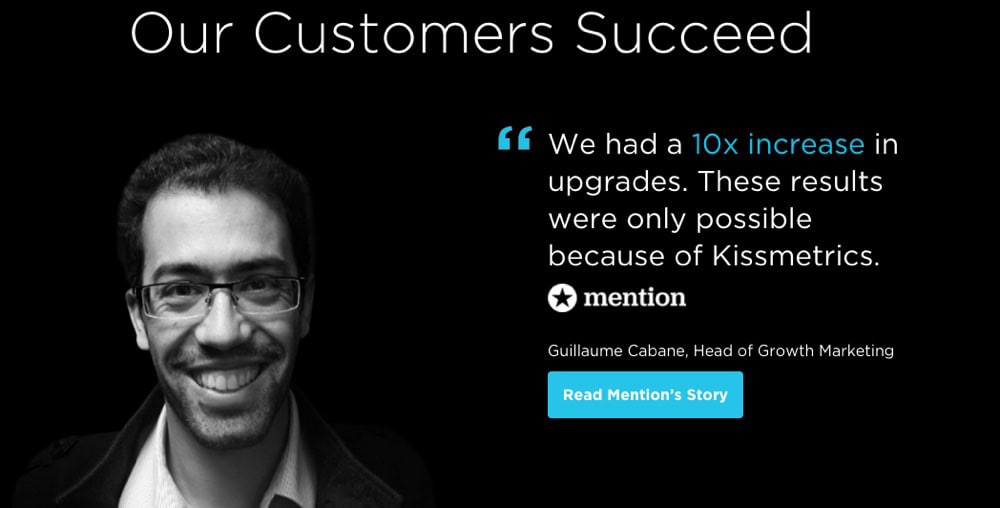
“Offering a complementary product as an add-on or putting them together as a premium package is an effective way to increase incremental revenue and drive deeper customer engagement,” says Raj Badarinath, VP Product Marketing, Alliances and Growth Services at Avangate.
For example, if your SaaS sells both marketing and accounting software, consider bundling to create a premium package. Then, the customer will have an incentive to upgrade, and your company receives a boost in recurring revenue.
Moreover, try developing different levels of customer service. Then, promote a tiered pricing schedule, where customer service reps provide several support options.
Learn your customers motivations. And move toward adding value, not discounting your services.
Discount With Discretion
Discounting your products is a major business decision. It can attract the wrong customer and even cheapen the perception of your brand.
However, in certain circumstances, offering discounts to enterprise customers can produce greater long-term benefits.
Be strategic with your SaaS pricing and discounting strategy. And check out Maxio to help you automate the entire process.
Related reads:
